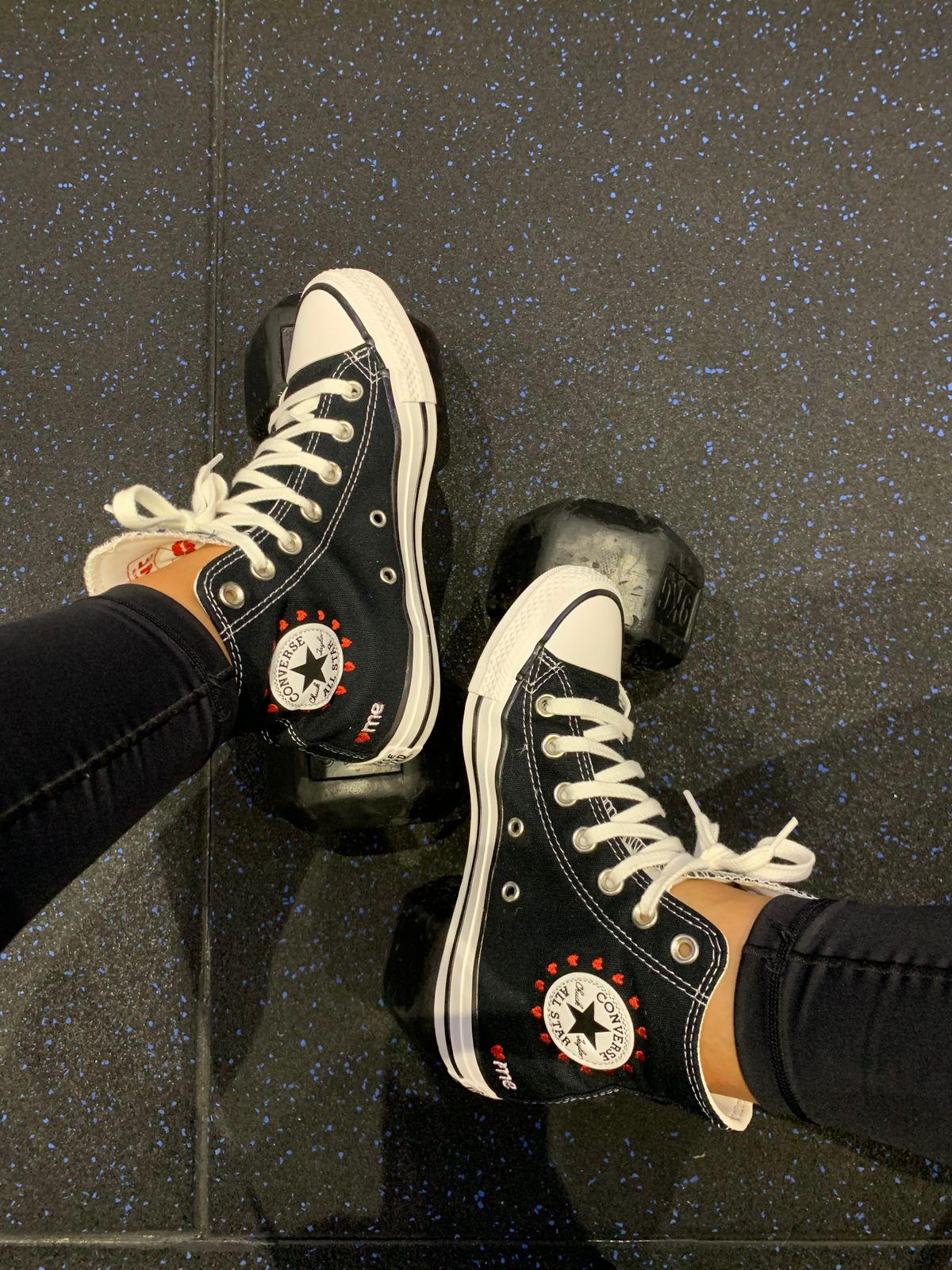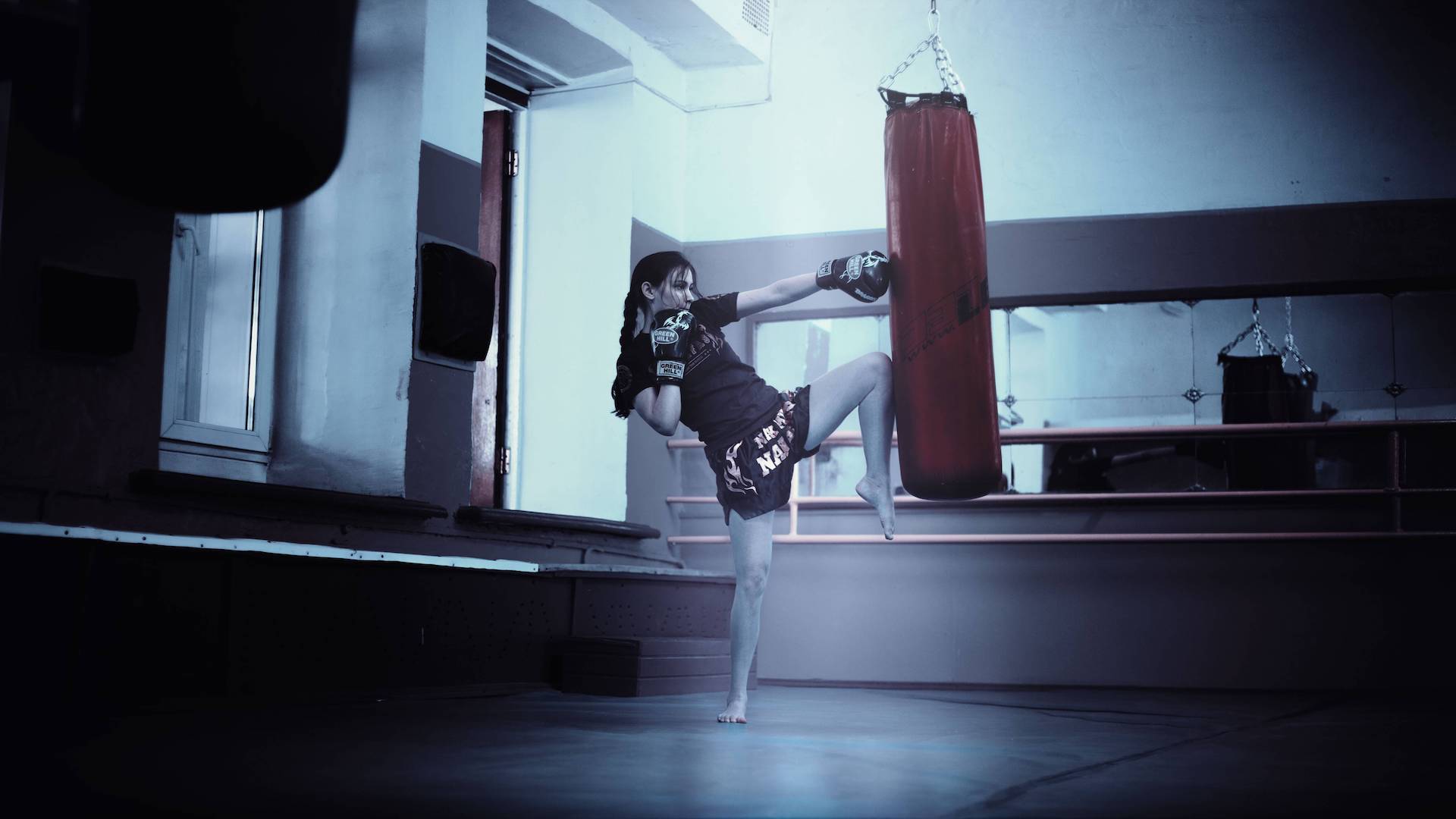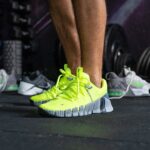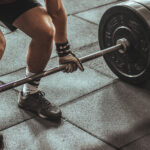So, you’re at the gym, pumping iron, and you notice something: a surprising number of people are sporting Converse sneakers. It’s not exactly the high-tech, cushiony athletic shoe you might expect. What’s the deal? Are they just making a fashion statement while sculpting biceps? While style certainly plays a small part, the reason behind this unexpected footwear choice goes much deeper. Turns out, there are some very practical (and even performance-enhancing) reasons why lifters reach for their Chuck Taylors.
The Converse Advantage

The secret weapon of the Converse sneaker lies in its design: a flat, hard sole. This seemingly simple feature provides a remarkably stable base for weightlifting. Let’s break it down. Think about it, many modern running shoes are built with thick, cushioned soles designed to absorb impact. That’s great for jogging, but not so great when you’re hoisting heavy weights. The cushioning compresses under a heavy load, creating instability and reducing the power transfer from your feet to the ground.
- Ground Contact: The flat sole gives you a greater feeling of ground contact.
- Reduced Compression: Minimal cushioning means less compression under heavy loads.
- Enhanced Stability: This leads to increased stability, especially during squats, deadlifts, and other compound movements.
Essentially, Converse allows you to feel more grounded and stable, which translates to better form and potentially heavier lifts. Think of it as a direct line of communication between your body and the ground.
Beyond the Flat Sole: Why Converse Thrives in the Gym
It’s not just the flat sole, though. Several other factors contribute to the popularity of Converse among gym enthusiasts.
- Ankle Support (Sort Of): While not designed as dedicated support, the high-top design of many Converse models can offer a slight degree of ankle stability. This can be beneficial for those with weaker ankles or those who are prone to rolling their ankles during lifts. (Important Note: This is not a substitute for proper ankle strengthening exercises or supportive footwear if you have a serious ankle issue).
- Affordability: Compared to specialized weightlifting shoes that can cost hundreds of dollars, Converse are relatively affordable. This makes them an accessible option for beginners and experienced lifters alike.
- Durability: Converse are surprisingly durable and can withstand the rigors of a gym environment. They’re built to last, which is important when you’re constantly putting them through demanding workouts.
- Versatility (Within Limits): While best suited for weightlifting, Converse can also be used for some other gym activities, such as light cardio or bodyweight exercises. They aren’t ideal for running long distances or high-impact activities, but they can be a decent all-around option for those who don’t want to switch shoes constantly.
Converse vs. Weightlifting Shoes: Where Do They Stack Up?
Okay, so Converse are good, but are they better than actual weightlifting shoes? The answer, as with most things fitness-related, is “it depends.” Weightlifting shoes, also known as lifters, are specifically designed for Olympic weightlifting and powerlifting. They feature a raised heel, a rigid sole, and often one or two straps to lock the foot in place.
Here’s a quick comparison:
| Feature | Converse | Weightlifting Shoes |
|---|---|---|
| Sole | Flat, hard rubber | Rigid, often with a raised heel |
| Ankle Support | Minimal | Varies, often more supportive |
| Cost | Lower | Higher |
| Best For | General weightlifting, powerlifting | Olympic weightlifting, squatting |
| Foot Stability | Medium | High |
The raised heel in weightlifting shoes allows for a greater range of motion in the ankle, which can be particularly helpful for squatting. It allows the lifter to maintain a more upright torso and achieve a deeper squat. However, this raised heel can also be detrimental for other exercises, such as deadlifts, where a flat foot is generally preferred.
Finn Carter’s Insight: “I often recommend Converse to my clients who are new to weightlifting, or who primarily focus on powerlifting movements like deadlifts. They’re a great starting point. ”
When Converse Might Not Be Your Best Bet
While Converse can be a great option for many gym-goers, they’re not a perfect solution for everyone. Here’s when you might want to consider other footwear options:
- High-Impact Activities: Converse are not designed for running, jumping, or other high-impact activities. The lack of cushioning can lead to discomfort and even injury.
- Ankle Instability: If you have significant ankle instability, you’ll need more supportive footwear than Converse can provide. Consider shoes with better ankle support or even ankle braces.
- Mobility Issues: If you have limited ankle mobility, weightlifting shoes with a raised heel might be a better option, particularly for squatting.
- Plantar Fasciitis: The flat, unsupportive sole of Converse can exacerbate plantar fasciitis. Orthotics would be recommended.
Ultimately, the best footwear for the gym is the one that feels most comfortable and supportive for you and the activities you’re performing. Don’t just blindly follow trends; listen to your body and choose what works best.
Making the Call: Are Converse Right for Your Workout?
So, should you be rocking Converse at the gym? Here’s a simple way to decide:
- Consider your training goals: Are you primarily focused on powerlifting, Olympic lifting, or general fitness?
- Assess your mobility: Do you have good ankle mobility, or do you struggle to squat deep?
- Evaluate your ankle stability: Are your ankles strong and stable, or are you prone to rolling them?
- Listen to your body: Do your feet and ankles feel comfortable and supported in Converse?
If you’re primarily focused on powerlifting or general weightlifting, have good ankle mobility and stability, and find Converse comfortable, then they might be a great option for you. However, if you’re focused on Olympic lifting, have limited ankle mobility, or have ankle instability, you might want to consider weightlifting shoes or other more supportive footwear.
The allure of Converse in the gym isn’t just about making a statement. It’s about tapping into a tried-and-true tool that provides stability, ground connection, and a no-nonsense approach to lifting heavy. Are they the only option? Absolutely not. But for many lifters, they represent a reliable and affordable way to enhance their performance.
FAQ: Converse and Gym Life
Are Converse good for running?
No, Converse are not recommended for running. Their flat soles offer little cushioning or support, increasing the risk of impact injuries and discomfort during running activities.
Can I wear Converse for CrossFit?
While some CrossFitters wear Converse, they aren’t ideal for all WODs. They work well for lifting but lack the cushioning needed for high-impact exercises like box jumps or burpees.
How do I clean my Converse after a workout?
Wipe down the exterior with a damp cloth and mild soap. For tougher stains, use a soft brush. Remove the insoles and let them air dry separately.
Are there different types of Converse? Which one is best for the gym?
Yes, there are various styles. The classic Chuck Taylor All Stars are popular, but the Chuck 70s offer slightly more cushioning. Choose the style that feels most comfortable and supportive for you.
Do Converse stretch out over time?
Yes, Converse can stretch out slightly over time, especially the canvas models. Keep this in mind when choosing your size.
Are Converse good for deadlifts?
Yes, the flat, stable sole of Converse makes them a popular choice for deadlifts, as they help maintain a strong connection to the ground.
Can I wear orthotics with Converse?
Yes, you can wear orthotics with Converse. Remove the original insole and replace it with your custom orthotic for added support and comfort.







